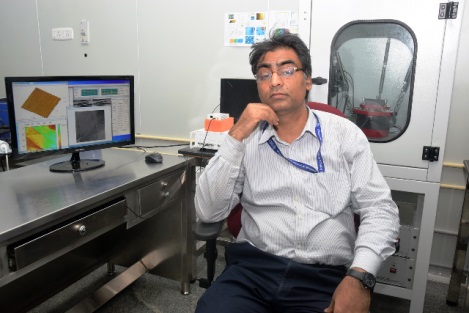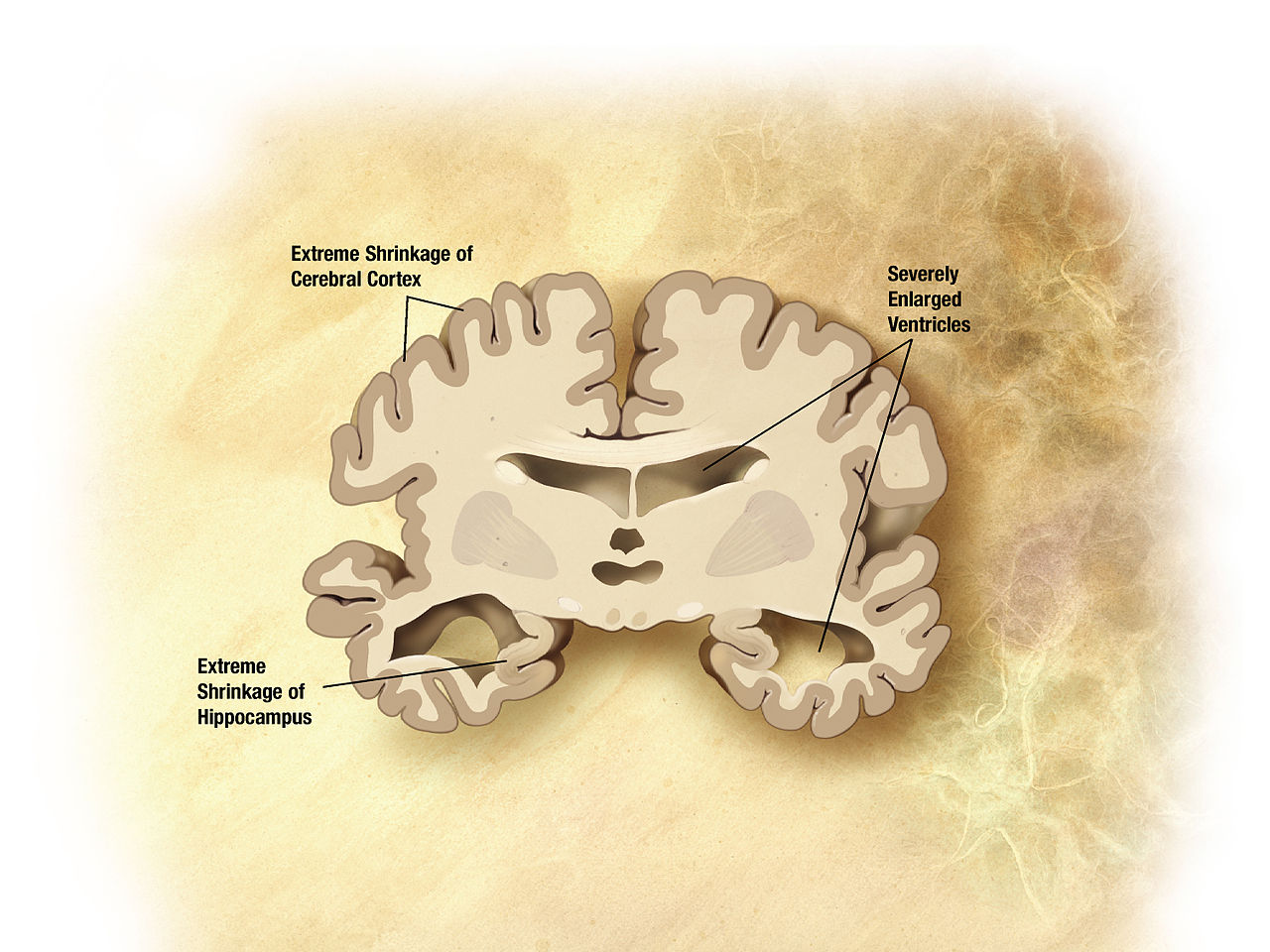Flexible devices are produced by printing electronic circuits on soft materials such as foils, plastics or polymers. They are lightweight and can fold or bend without affecting the functioning of the electronics. They are fast gaining attention for their broad application potential. Wearable devices such as activity trackers are a typical example.

In recent times, graphene-based nanocomposites are increasingly being explored to enhance the durability and toughness of flexible electronics. However, a primary challenge arises in establishing electronic properties of materials, since nanomaterials behave differently to the flow of electrons in the circuit.
In a preliminary study, researchers from Chennai-based SRM Institute of Science and Technology have demonstrated the electronic properties of a nanocomposite made from graphene and Polyvinylidene Fluoride (PVDF). The polymer provides flexibility while graphene enhances electrical properties.
When analyzed with a Scanning Tunnelling Microscope, the movement of electrons across the potential barriers were seen, indicating that the nanocomposite had tunneling properties in the Coulomb blockade region.
“Coulomb blockade is a phenomenon observed especially in nanoscale materials. In a regular conducting material, there is a free flow of conduction electrons. But this is not so in namespaces, where conducting electrons form a cloud of strong repulsive forces preventing other electrons from adjacent molecules from flowing freely, and the device no longer follows the Ohm’s law. Our nanocomposite withstands this blockade by exhibiting fairly good tunneling property through the barrier,” explained Dr. Arijit Sen, lead researcher, while speaking to India Science Wire.
Another significant challenge arising with nanocomposites is their reproducibility. The research team overcame this by employing fabrication technique called melt-mixing and casting.
For a nanocomposite to be used effectively in electronics, it has to overcome the non-linear response of current-voltage behavior, suitably exhibit dielectric and charge storage, withstand high potential and facilitate the conduction of electrons for an on-off mode operation for nano-switching in electronic devices.
“To achieve these parameters, we employed defect-oriented quasi graphene; that is, a few carbon bonds in the graphene material were deliberately left unfinished, which led to the effective transfer of electrons across the electrostatic barrier,” Dr. Sen said.
Breakdown tests revealed that the nanocomposite could withstand high voltages. This means it could work over a broad range of voltage applications without electrical breakdowns.
The team is now looking to improvise the nanocomposite to work at higher temperatures and establish its optical properties. Besides Arijit Sen, the team included Pooja Shukla and Subramani Amutha. The results have been reported in journal ACS Omega (ISW)
If you liked this article, then please subscribe to our YouTube Channel for the latest Science & Tech news. You can also find us on Twitter & Facebook.



